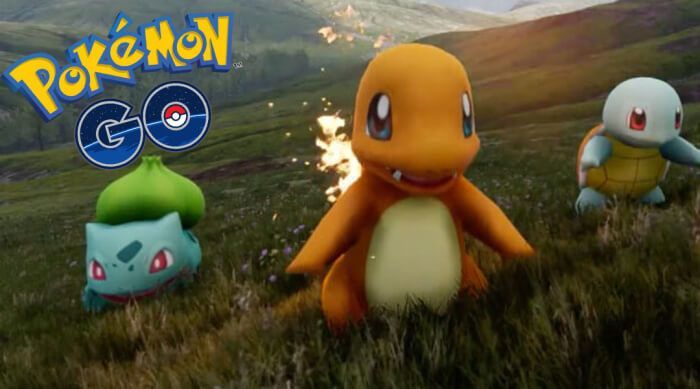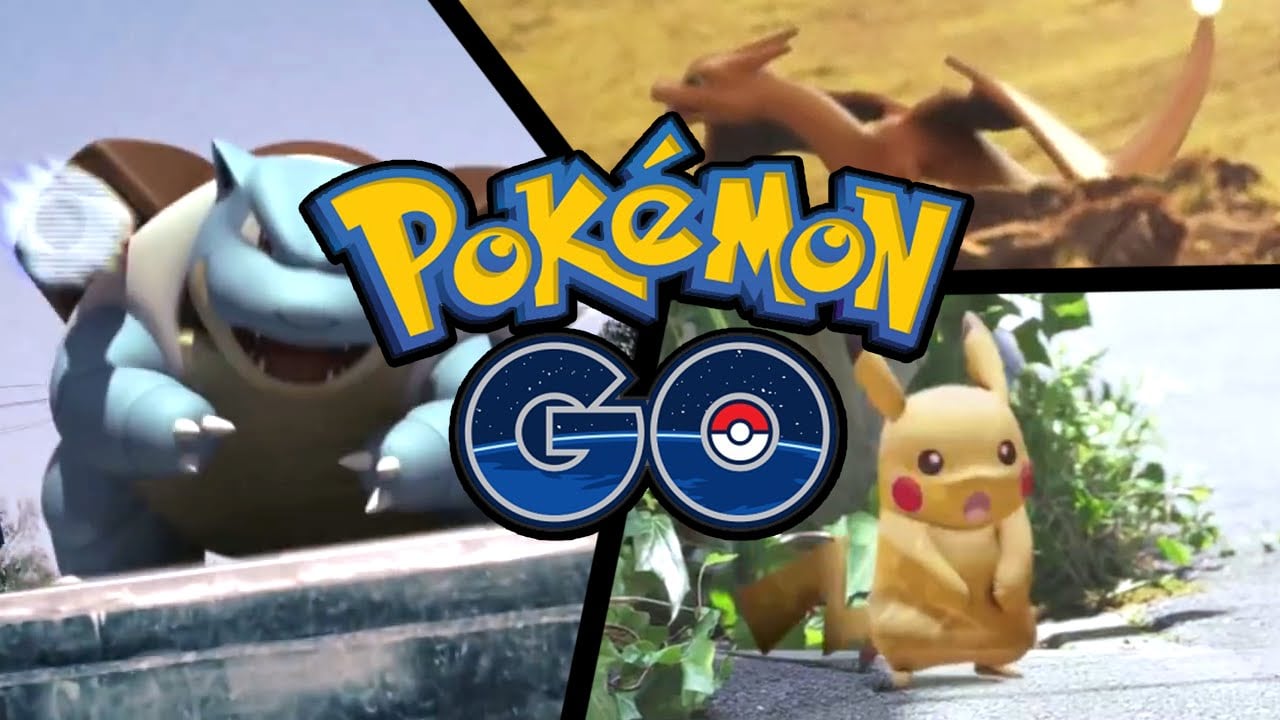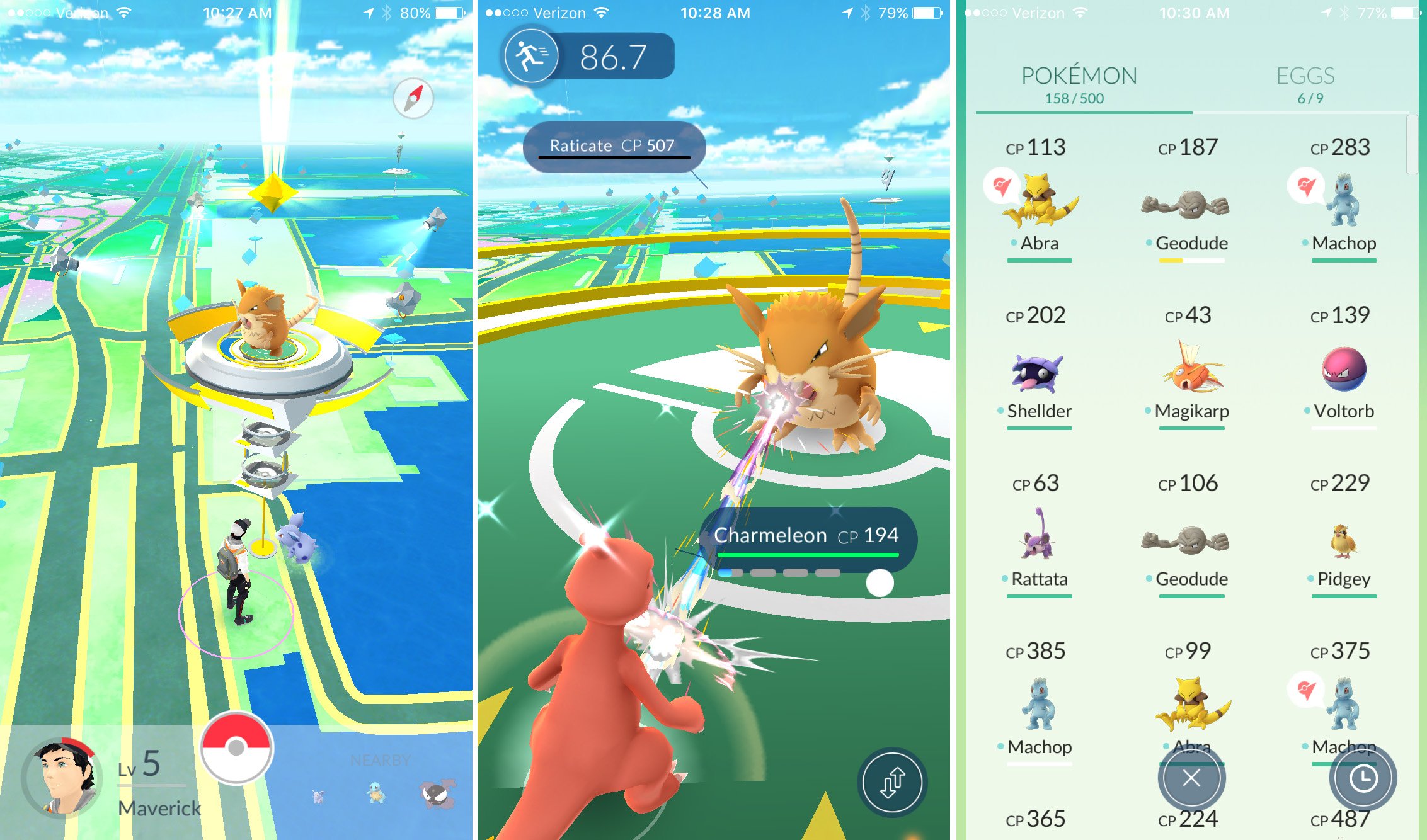At this point, Pokemon Go has reached a level of recognition in the popular culture that’s rare for any single game. If you go outside, chances are you’ll find at least one person with their phone out, hunting virtual Squirtles and Eevees. I honestly can’t think of a time I’ve seen a game played by so many people. And the players of Pokemon Go don’t seem to fit into conventional categories either; lifelong gamers are playing alongside young kids, teens, and even parents — and they love it.
So, the question remains:
Why is a game so loved by the masses getting slammed by critics?
Critics and consumers rarely see eye-to-eye, but it’s strange that a game with a Metacritic score of 67 is most likely going to be the most profitable game this year. However, when you read the reviews, it’s hard not to agree with most of the complaints: the servers are weak at best, the game’s nearly unplayable in a lot of rural areas, and the first ten levels of the game are a bit of a grind. None of these complaints are, in it of themselves, deal breakers, but together, they sound like the kind of problems that would keep at least some people from playing.
The Shallow End (of Gameplay)
Not only that, but the game is without a doubt the most mechanically shallow game in the Pokemon series. The battles are incredibly simple, as are the mechanics of capturing Pokemon. And trading, one of the most famous parts of the series, has yet to be patched in. As a whole, it’s barely deeper than Pokemon Snap, the cult-classic Pokemon photography game.
This probably sounds like I hate Pokemon Go. I don’t, in fact, I can’t stop playing it. While the technical issues are inexcusable for a game produced by a company as huge as Nintendo, Pokemon Go is the most fun I’ve had with a Pokemon game in the past ten years, and a lot of that has to do with the fact that it’s been streamlined for the mobile experience.
More Than Just Another Pokemon Game
If Pokemon Go just lifted the battle and capture systems from previous games, only the hardcore fans would want to play it. The success of a mobile game counts on the size of its player-base, especially if it’s a free-to-play app, so making the game less complex is an important part of the game. Not only that, but the simplicity is what makes the game playable in real life. If you had to stop for a minute or more to capture a Pokemon, you’d end up holding up activity in the real world, moreso than the five to thirty seconds it takes to capture a Pokemon in Go.
And the most important factor in Pokemon Go is the community. Despite all of the “Team Valor vs Team Mystic” memes you’ve no doubt seen plastered all over Facebook, the fact is that the players of Go are what make the game. They, along with Go’s real world map, are the real “game.” Whenever I’ve played Go, I’ve met other like-minded players. Whether they’re teens looking for a Ghastly or members of the opposite team trying to take a gym I just captured, they’ve all been unfailingly kind. No other game has actually forced players to meet in real life in such a way, at least not one this popular.
Complex
If you’re holding out on playing Pokemon Go because it’s not as deep as the main series, you’re missing the point. The popularity of Pokemon Go has nothing to do with the actual gameplay, which is as bare-bones as they come. The success has to do with the game’s ease of play and it’s social metagame, which ensure that Go isn’t a game as much as a shared social experience, with the gameplay mechanics serving only as the box that experience comes in.









Published: Jul 22, 2016 04:20 am